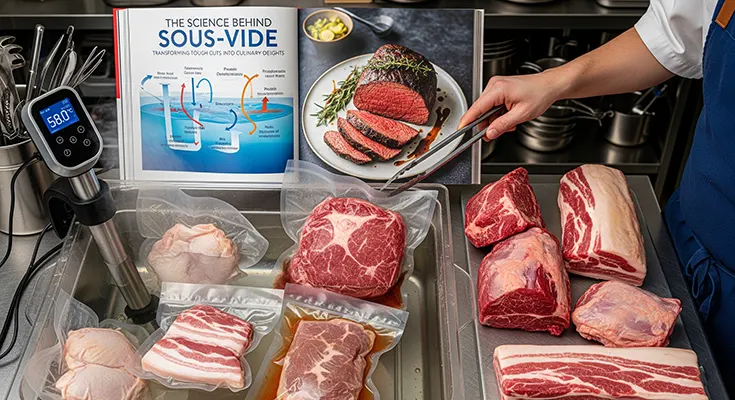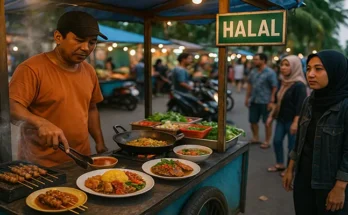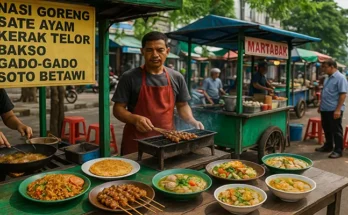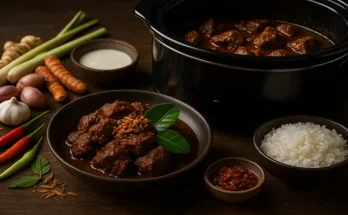Sous-vide, a French term meaning “under vacuum,” is a cooking method that has revolutionized the culinary world, particularly when it comes to preparing meat. By cooking food in a precisely controlled water bath, chefs and home cooks alike can achieve unparalleled tenderness, moisture retention, and consistent results. While it might seem like a modern marvel, the science behind sous-vide’s ability to transform even the toughest cuts of meat into succulent masterpieces is rooted in fundamental principles of protein denaturation and enzymatic activity.
Precision Temperature Control: The Heart of Sous-Vide
The core of sous-vide cooking lies in its ability to maintain an exact cooking temperature for an extended period. Unlike traditional methods like grilling, roasting, or pan-frying, where external heat can easily overcook the outer layers while the interior struggles to reach the desired doneness, sous-vide ensures uniform cooking from edge to edge.
Meat is typically sealed in a vacuum-sealed bag and submerged in a water bath heated to a precise temperature. This temperature is usually set to the desired final internal temperature of the meat. For example, if you want a medium-rare steak, you might set the water bath to 130°F (54°C). The sealed bag prevents moisture loss, ensuring the meat cooks in its own juices, leading to exceptional juiciness.
The Magic of Low and Slow: Tenderizing Tough Collagen
The real genius of sous-vide for tough cuts of meat, such as chuck roast, short ribs, or briskets, lies in its ability to slowly and gently break down collagen. Collagen is a fibrous connective tissue that is abundant in these cuts and is responsible for their chewy texture.
- Collagen Denaturation: When meat is cooked at traditional high temperatures, collagen quickly contracts and squeezes out moisture, making the meat tough and dry. However, in a sous-vide bath, the meat is held at a lower, but still effective, temperature for many hours. At temperatures typically between 130°F (54°C) and 160°F (71°C), collagen slowly begins to denature and convert into gelatin. This transformation is a gradual process; it doesn’t happen instantly.
- Gelatinization: Gelatin is a soft, succulent substance that adds a luxurious mouthfeel to the meat. As collagen converts to gelatin, it melts into the muscle fibers, lubricating them and making the meat incredibly tender and juicy. This slow conversion process, which can take anywhere from 8 to 72 hours depending on the cut and desired tenderness, is the key to breaking down the tough connective tissues without overcooking the muscle proteins.
Enzymatic Activity: A Silent Partner in Tenderization
Beyond collagen breakdown, natural enzymes present in meat also play a significant role in tenderization during sous-vide cooking. These enzymes, known as proteases, are most active at temperatures within the range commonly used for sous-vide (typically between 120°F and 140°F / 49°C and 60°C).
- Protein Degradation: Proteases work by breaking down the long protein chains within muscle fibers into smaller, more tender fragments. While this process also occurs during traditional cooking, the prolonged exposure to optimal enzymatic activity temperatures in sous-vide amplifies this effect, contributing significantly to the meat’s final tenderness. This enzymatic action, combined with collagen breakdown, creates a synergistic effect that no other cooking method can replicate as effectively for tough cuts.
Preventing Overcooking: A Chef’s Dream
One of the most significant advantages of sous-vide is the impossibility of overcooking. Once the internal temperature of the meat reaches the set temperature of the water bath, it cannot get any hotter. This means you can leave a piece of meat in the sous-vide bath for several hours past its minimum cooking time without it drying out or becoming tough. This “set it and forget it” aspect makes sous-vide an incredibly forgiving method, especially for busy home cooks or professional kitchens managing multiple dishes.
While sous-vide might seem intimidating at first, its scientific principles are elegantly simple. By understanding how precise temperature control, collagen conversion, and enzymatic activity work in harmony, one can appreciate why this method excels at transforming the most challenging cuts of meat into astonishingly tender, flavorful, and consistently perfect culinary experiences. A quick sear after the water bath creates a beautiful crust, completing a dish that truly showcases the magic of sous-vide.





